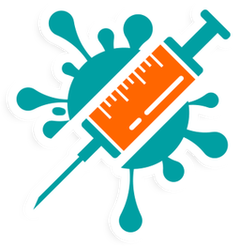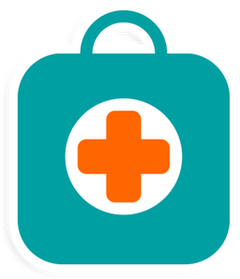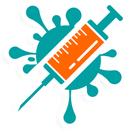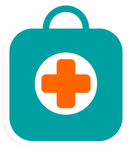Life Sciences & Health sector
Major trends and developments in the Life Sciences & Health sector
Economic and social sustainability
Dutch healthcare is of high quality, accessible and affordable for all. And our bold entrepreneurs and top-notch scientists, outstanding patient representatives and progressive policy makers are joining forces in the fields of biotechnology, medical technology and healthcare to guarantee the quality of healthcare in the future while maintaining the costs at a reasonable level. As innovation in Life Sciences & Health (LSH) go hand in hand with sustainability, we are proud to have further strengthened our position as European innovation leader and to be among top of the world’s most competitive countries. By focussing on social and economic sustainability now, we will leave a long- lasting mark on future healthcare.
Trends and developments in biotech

The Dutch life sciences sector is on the rise: over the past decade the sector has doubled in size and belongs at the European top with 667 biotech companies. These companies currently have 383 products under development. In this drug development pipeline companies like Pluriomics, Ncardia and Cristal Therapeutics have been able to attract new funding. Others have already reached the end of the pipeline. For example, Acerta received US FDA approval of the kinase inhibitor Calquence for the treatment of adult patients with mantle cell lymphoma. Furthermore, the FDA granted accelerated approval of keytruda to Merck & Co. This is the first time the agency has approved a cancer treatment based on a common biomarker rather than the location in the body where the tumor originated.
The relocation of the European Medicines Agency (EMA) to the Netherlands will further boost the Dutch LSH sector. Besides a strengthening of the sector's network, there is a significant economic impact: over 2250 fulltime jobs, €150 million direct expenditure and many incoming visitors. The agency will start its operations in Amsterdam on 30 March 2019 at the latest.
Back to top

The Dutch medtech market
The Netherlands is a major hub in the European medtech market. Although the Dutch medtech market makes up a relatively small portion (± 4%) of the European market, it is among the more advanced markets in Europe. The Dutch Ministry of Health, Welfare and Sport states that the Dutch manufacturers successfully compete with European and global players in both the national and international markets.
The Dutch suppliers cover a broad range of technologies and service practically all segments of the healthcare sector. The Dutch medical technology sector not only reflects the international landscape but has also proven to be innovative. For example, plastic surgeons at Maastricht UMC+ have used a robotic device of MicroSure to surgically treat lymphedema in a patient. This is the world’s first super-microsurgical intervention with ‘robot hands’. There was also a world premiere in the Catharina Hospital: a cardiologist managed to locally cool the heart during a heart attack with significant health gains as a result.
The Dutch medtech market is only expected to grow further as a result of factors such as 1) wider adoption of medical technology in everyday lives, 2) advancements in technology that enable us to detect diseases at an early stage, 3) substitution of labour with technology.
Back to top
Our healthcare system

The Dutch healthcare system is ranked the best in Europe for the seventh consecutive year. And the Netherlands has demonstrated its ongoing strong commitment to further improve its healthcare system with better scores each year.
This year efforts have been made to further align healthcare with the wishes and expectations of the patients. One such example is the proposed legislation that will give patients a greater say in the policy of healthcare facilities has been approved by the Dutch government. Furthermore, healthcare providers, patients, entrepreneurs, researchers and policy makers opened a dialogue about patient-included innovation during the PatientTOP.
Back to top

